The Juno probe was launched to study Jupiter's winds and interior, but it is in the final phase of its mission, from July 2021 to September 2025, dedicated to studying three of Galileo's four moons and has already given us beautiful prints of Ganymede. Europe and Io. On December 30, Juno made its closest flyby of Io, passing within just 1,500 kilometers of the surface. It is the closest flyby of this moon since the Galileo probe passed near this moon in January 2002 at an altitude of 102 kilometers (unfortunately, Galileo was limited in its ability to take pictures due to the failure of its main antenna). The resulting images are certainly stunning, and to begin with, they captured the eruption of Sheehe Volcano in Limbo, at 55 degrees south latitude, which the probe had already been able to observe in previous flybys (and New Horizons when it passed by Jupiter on its way to Pluto in 2007).
The Juno probe was in an elliptical orbit with a period of 53 days – in fact, the final orbit was scheduled to have a period of 14 days, but was unable to reach it due to a failure of the main engine – and 34 of these orbits were completed during the primary mission between August 2016 and July. 2021 to study the interior of Jupiter. Since then, the probe has shortened the period of its encounters with the Galilean moons and reduced the height of the perigee – in this case – the perigovium, in addition to moving it to the northern regions of the planet, allowing it to better study Jupiter. North Pole. After a flyby of Ganymede during Pyregovium 34 (PJ34, June 2021), during which images were acquired at a resolution of 1 to 4 kilometers per pixel, the orbit period was reduced to 43.5 days and with a pass through Europe during Pygovio 45 (PJ45), in September 2022), reduced to 38 days.
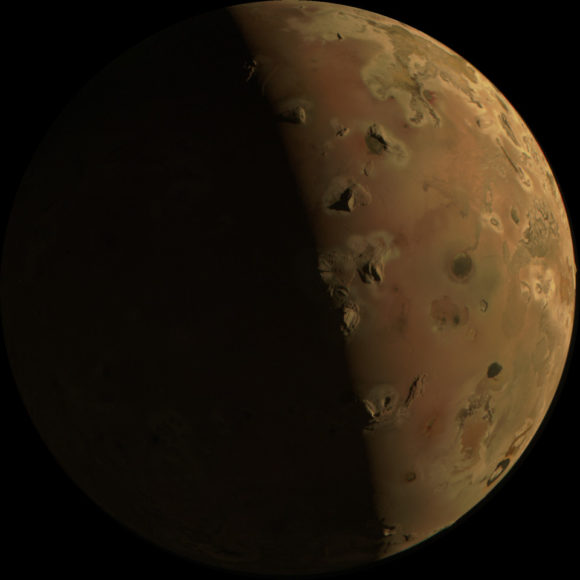
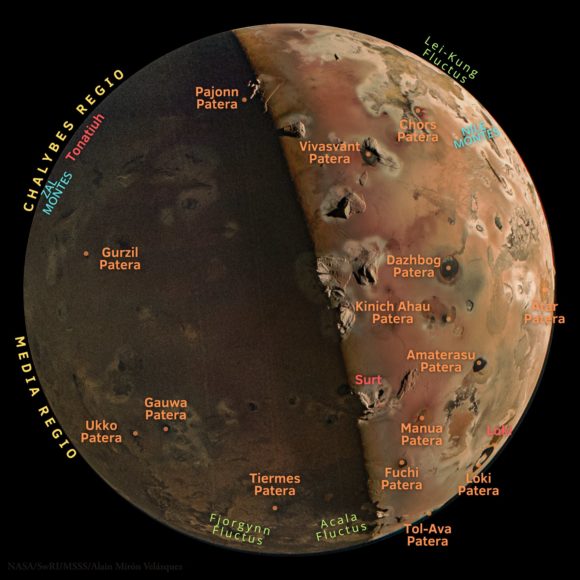
This final pass through Io, PJ57, reduced the period to 35 days. PJ58 is pending on February 3 this year, which will also pass about 1,500 kilometers from Io, shortening the period to 33 days. In September 2025, the probe will intentionally collide with Jupiter to avoid accidental collision with Europa and avoid contamination by terrestrial microorganisms. Juno has previously flown close to Io at distances between 100,000 and 11,000 kilometers, but this is the first time it has passed this close. Although the Galileo probe gave us higher resolution images, Juno's missions allowed us to study the polar regions of this moon in detail for the first time. For this, the JunoCam “Citizen Science” camera was used in addition to the stellar sensor camera and the JIRAM instrument (Jovian auroral infrared chart) which operates in the infrared (3.5 and 4.8 microns) and is therefore essential for detecting hotspots of Io's volcanoes.
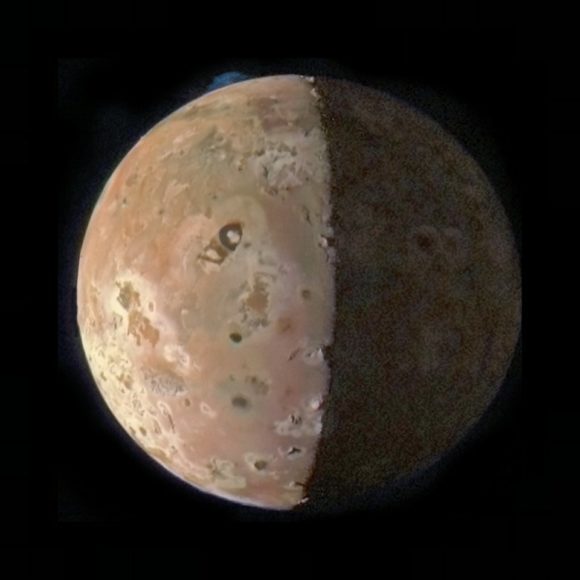


Specifically, thanks to JIRAM data of Io's poles captured in previous flybys, it was possible to determine that there are currently 266 active volcanoes. Let's remember that Io is, relatively speaking, the most volcanically active planet in the solar system, thanks to the tidal heating it experiences from Jupiter and the other Galilean moons. Io's polar volcanoes appear less active than those at lower latitudes, but they are as common at the poles as they are on the rest of the Moon. Interestingly, the flow of volcanic heat in the Arctic is greater than in the South. These data are consistent with models that predict the presence of a global magma ocean beneath Io's crust, but the results of this latest flyby and the next flyby in February will shed more information on this mystery.

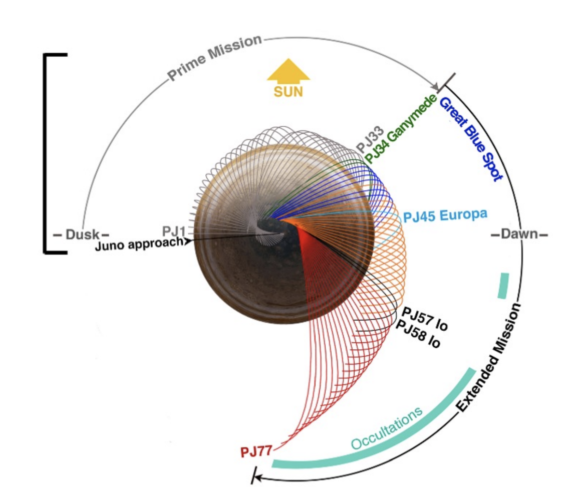
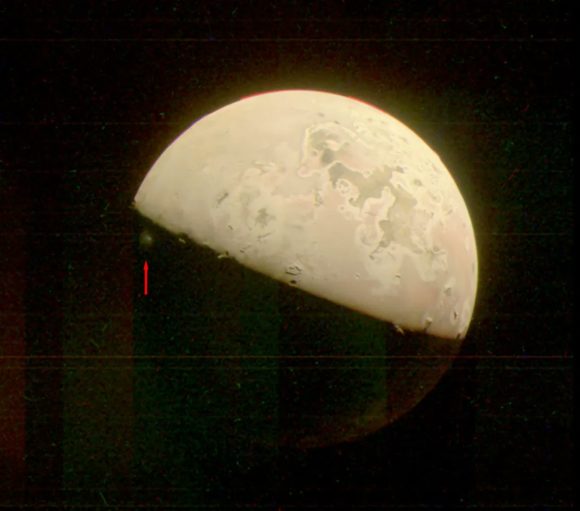
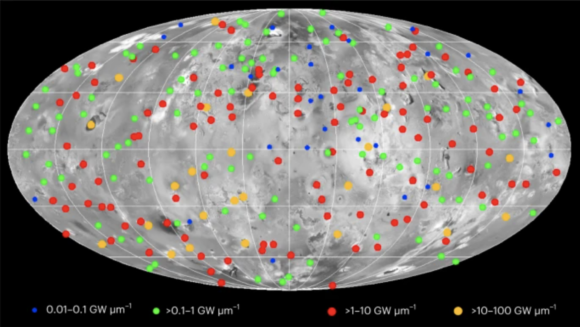
Seeing these images, there is no doubt that IO deserves its own mission to be studied in depth, like IVO. Special mention goes to JunoCam, designed to survive the first eight flybys of Jupiter, which continues to operate even though radiation levels around that moon are so high that defects accumulate. Let's hope it continues to deliver amazing images until the end of the mission.

References:
- https://www.missionjuno.swri.edu/
- https://www.nature.com/articles/s41550-023-02123-5

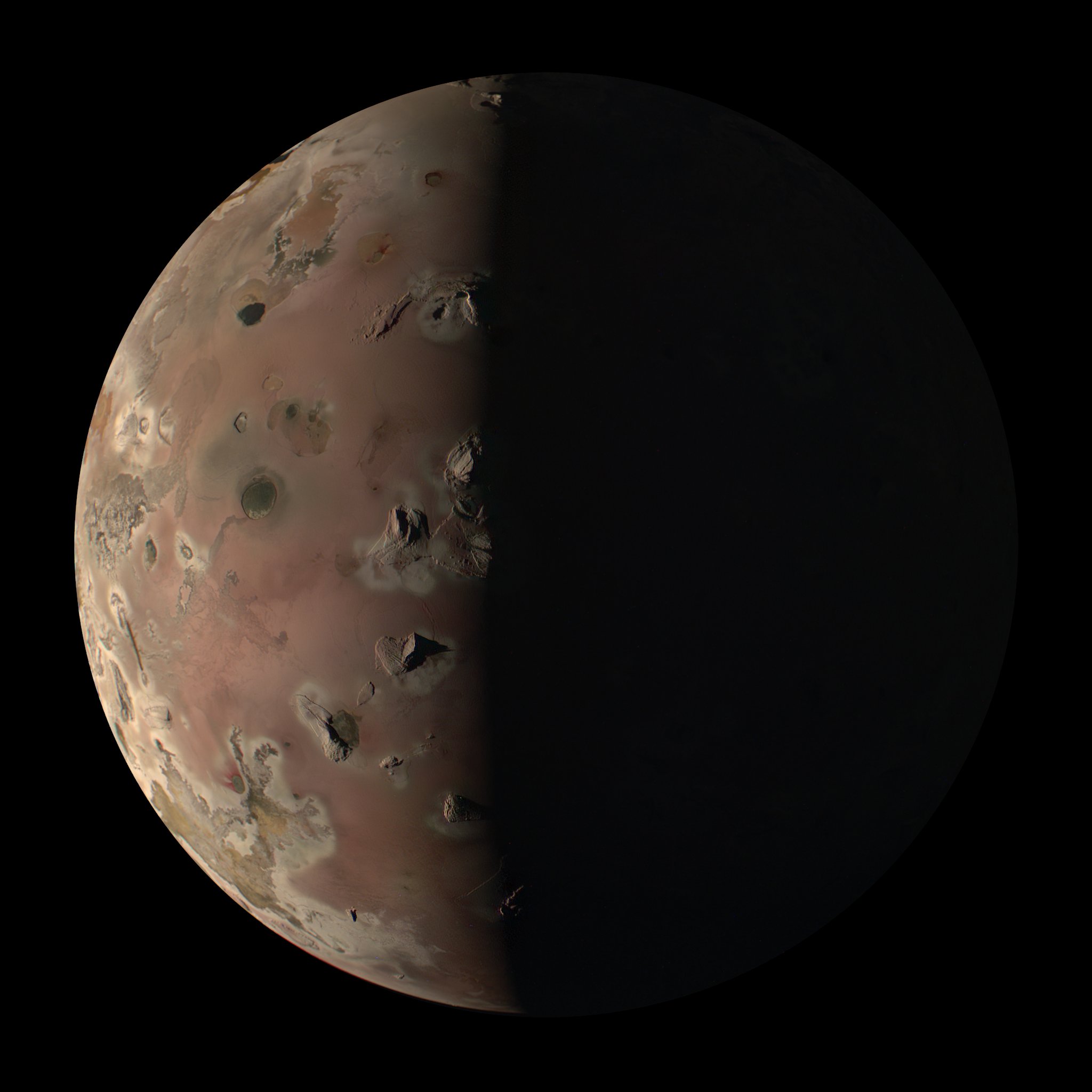
:quality(85)/cloudfront-us-east-1.images.arcpublishing.com/infobae/JI7PZZNCYJCRNJ52OG723XUWXY.jpg)


